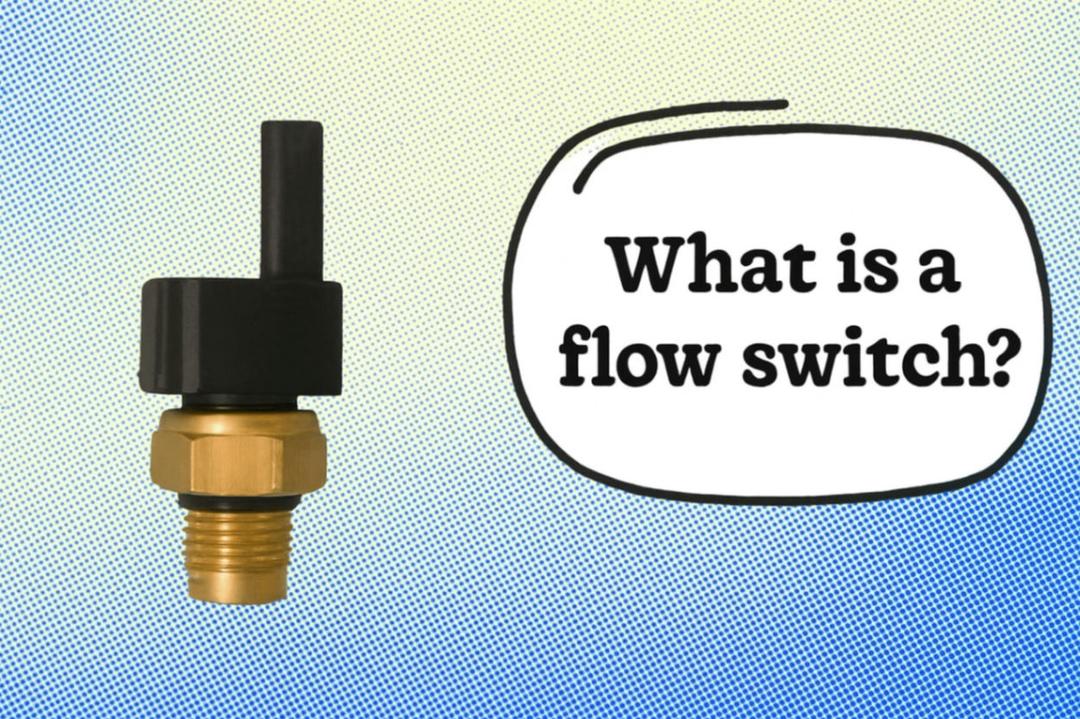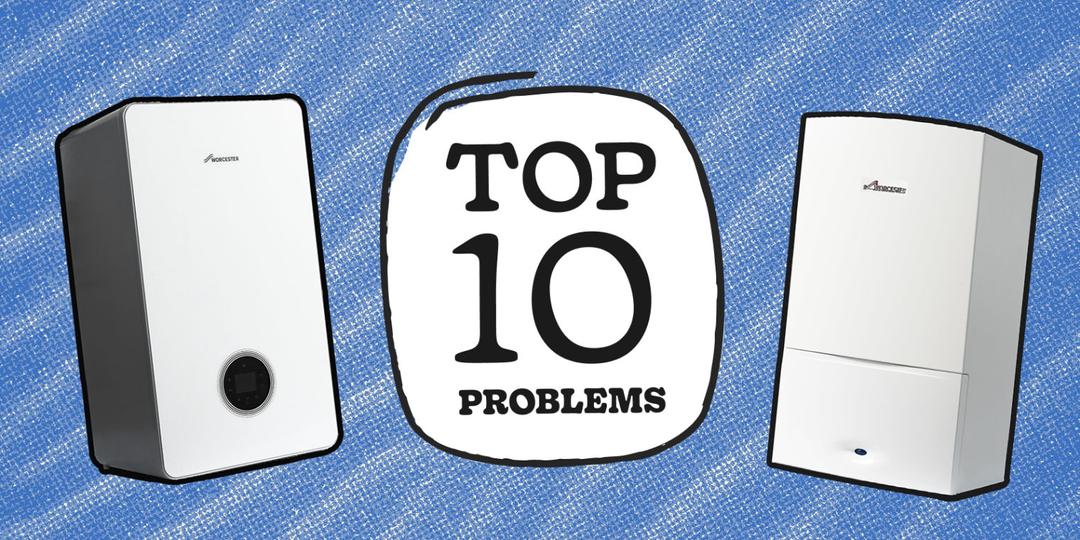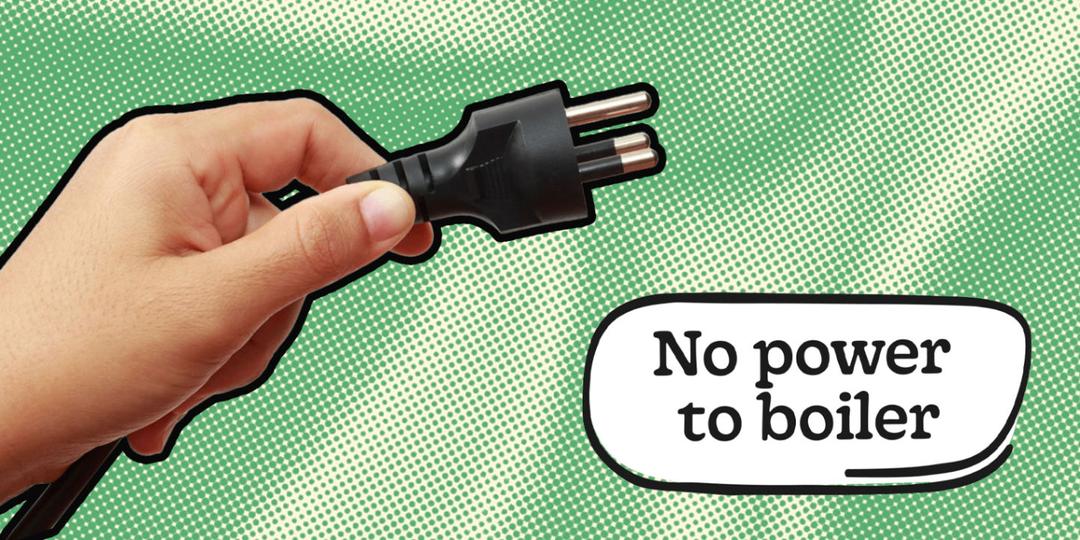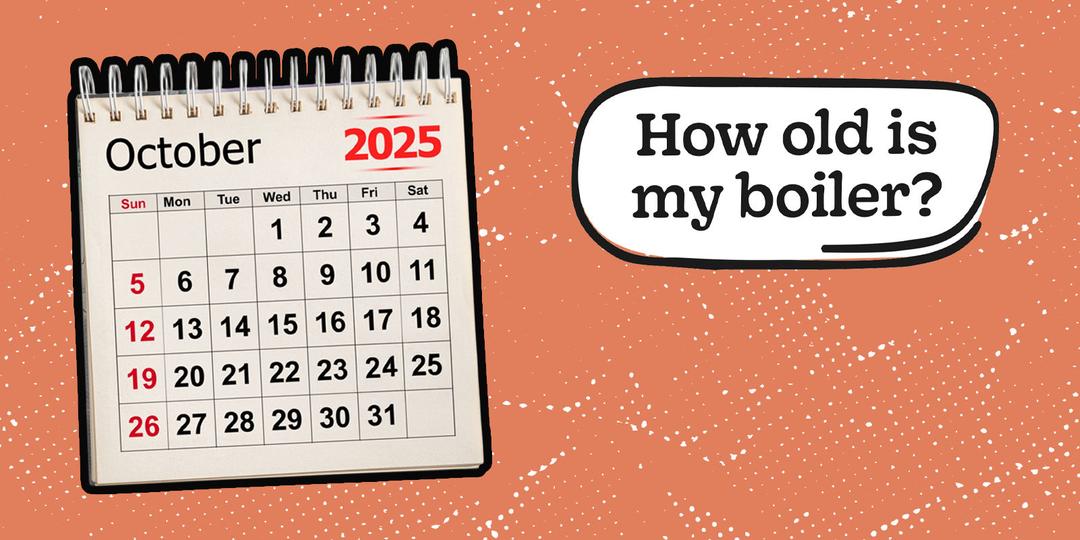Your boiler’s flow switch might be small, but it’s one of the hardest-working heroes in your heating system - quietly making sure everything runs safely, smoothly, and efficiently behind the scenes.
Think of your central heating like a busy motorway. Hot water is the traffic, and your boiler is the engine that keeps it all moving. If the “traffic” suddenly stopped flowing, that engine would overheat and grind to a halt.
The flow switch is the clever little traffic controller that spots when movement stops - and instantly tells your boiler to hit the brakes before any damage is done.
In this guide, we’ll break down exactly what a boiler flow switch does, how it works, and why it’s a vital safety feature in every modern system.
Whether you’re trying to decode odd boiler behaviour or just curious about the hidden tech that keeps your home cosy, you’ll come away knowing how it all fits together - and when it’s time to call in the pros.
Boiler old, unreliable and costing a fortune in repairs? Simply answer these questions, get your fixed price and you could get a new one installed as quick as tomorrow.
A flow switch is a small but vital component that detects water movement in your heating system.
In simple terms, it tells your boiler: “Yes, water is circulating safely - you can fire up.
Why does that matter?
Prevents overheating - No water flow means no heat dissipation, which can damage pipes, crack the heat exchanger, or even cause pressure build-up.
Protects expensive components - Automatically shuts the boiler down before costly failures occur.
Ensures efficiency - Keeps your system running only when water is actually moving, helping save energy and reduce wear.
In the sections below, we’ll cover exactly what a flow switch is, how it detects movement, the most common signs of failure, and when it’s best to leave repairs to the professionals.
[1] What Exactly Is a Flow Switch?
Think of a flow switch as the gatekeeper inside your boiler.
Its one job is simple but crucial: confirm that water is circulating through the system before allowing the burner to ignite.
No flow detected? The boiler stays off - keeping your system safe from overheating or damage.
Where You’ll Find It
You’ll usually find the flow switch inside or just outside the boiler, near the pump or on the primary heating circuit - the network of pipes that carries hot water to your radiators and back again.
The Two Main Types:
Type | How It Works | Common In |
Paddle-type | A small paddle or flap moves when water flows past it, closing an electrical contact. | Older boilers and budget-friendly models |
Magnetic/electronic | A magnetic float or turbine spins with the water flow, sending a signal to the PCB (the boiler’s control board). | Modern combi and high-efficiency boilers |
Both designs do the same job - they just use different technology to make sure your boiler only fires when it’s safe to do so.
[2] How Does a Flow Switch Work?
Here’s what happens, step by step:
You turn on the heating or a hot tap.
The pump kicks in and starts pushing water through the system.
Water flows past the switch.
Either a small paddle lifts, or a magnetic sensor detects movement in the pipe.
A signal is sent to the boiler’s brain (the PCB).
It basically says: “Flow confirmed - it’s safe to ignite.”
The burner fires up and begins heating the water.
The Analogy: Your Boiler’s Traffic Light
Think of the flow switch as your boiler’s built-in traffic light.
Green means water’s flowing and it’s safe to go.
Red means stop immediately - no flow detected - to prevent an overheating pile-up inside your system.
[3] What Happens If There’s No Flow?
If water stops circulating (because of an airlock, pump failure, or a closed valve), the flow switch detects it within seconds and locks out the boiler, often showing an error code - like E133 on Vaillant or F75 on Viessmann models.
This safety lockout prevents “dry-firing,” where the boiler heats with no water flow - a quick route to a cracked heat exchanger and a costly repair bill.
[4] Signs of a Faulty Flow Switch
Even the most reliable components wear out over time - and a flow switch is no exception. Keep an eye out for these telltale signs:
Boiler won’t fire up - especially when you’re calling for hot water on a combi boiler.
Intermittent heating or hot water - works one minute, shuts off the next.
Error codes linked to flow or pressure issues (check your manual or our boiler fault guide for specifics).
Clicking noises from inside the boiler - often a sign of a paddle sticking in place.
Pump running but no heat - the boiler thinks there’s no flow, even when there is.
Top tip: In hard water areas, a bit of limescale or a stuck paddle can easily fool the flow switch into thinking there’s no water movement - triggering false lockouts or shutdowns.
[5] Can You Replace or Reset a Flow Switch Yourself?
Quick answer: Probably not - and here’s why.
Replacing a flow switch isn’t a simple DIY job. It involves:
Isolating and draining the system to access the component safely.
Electrical testing to confirm the switch is the issue.
And in many modern boilers, the flow switch is built into the diverter valve or manifold, which makes it far from a quick swap.
On top of that, Gas Safe regulations mean that any work involving a boiler’s combustion or sealed system must legally be carried out by a qualified engineer.
What the Engineer Will Usually Do:
Test the flow circuit using a multimeter to confirm the fault.
Inspect and clean the component - sometimes freeing a stuck paddle or clearing limescale is enough.
Replace the switch or assembly entirely if it’s beyond repair.
It’s one of those small parts that’s best left to the pros - a quick fix for them, but a risky job for anyone unqualified.
[6] Final Takeaway: Small Part, Big Protection
Your boiler’s flow switch might be small, but it’s a big deal when it comes to safety and efficiency.
Acting as both a sentinel and a safeguard, it prevents dangerous overheating, protects key components, and ensures your boiler only burns gas when water is actually moving through the system.
Don’t ignore the warning signs. A quick annual boiler service can catch early wear before it causes trouble, while our boiler replacement quote tool makes it effortless to upgrade if your system’s past its best.
Need a new boiler or a quick repair? Heatable’s nationwide engineers can get your heating running safely and efficiently again - fast. Get your free quote today.
Why Choose Heatable for Boiler Installation?
If you’re aiming to get the best deal on a new boiler, consider getting your boiler installation with us. Here’s why:
Gas Safe installation within 24 hours.
Thousands of satisfied customers with an average score of 4.9 on Trustpilot, surpassing the market leader.
Which? Trusted Trader: Heatable is proudly recognised as a Which? Trusted Trader.
Price match guarantee: We will match any like-for-like cheaper quote.
Flexible payment options, including interest-free finance.
Up to a 12-year guarantee on selected boilers.
Fixed price guarantee: No hidden costs.
Save your quote and decide later.
Get an instant fixed price on a new boiler here.
To learn more about the best combi boilers and more, visit our advice section, check out our YouTube channel, or read customer testimonials here.
Heat Happy.





